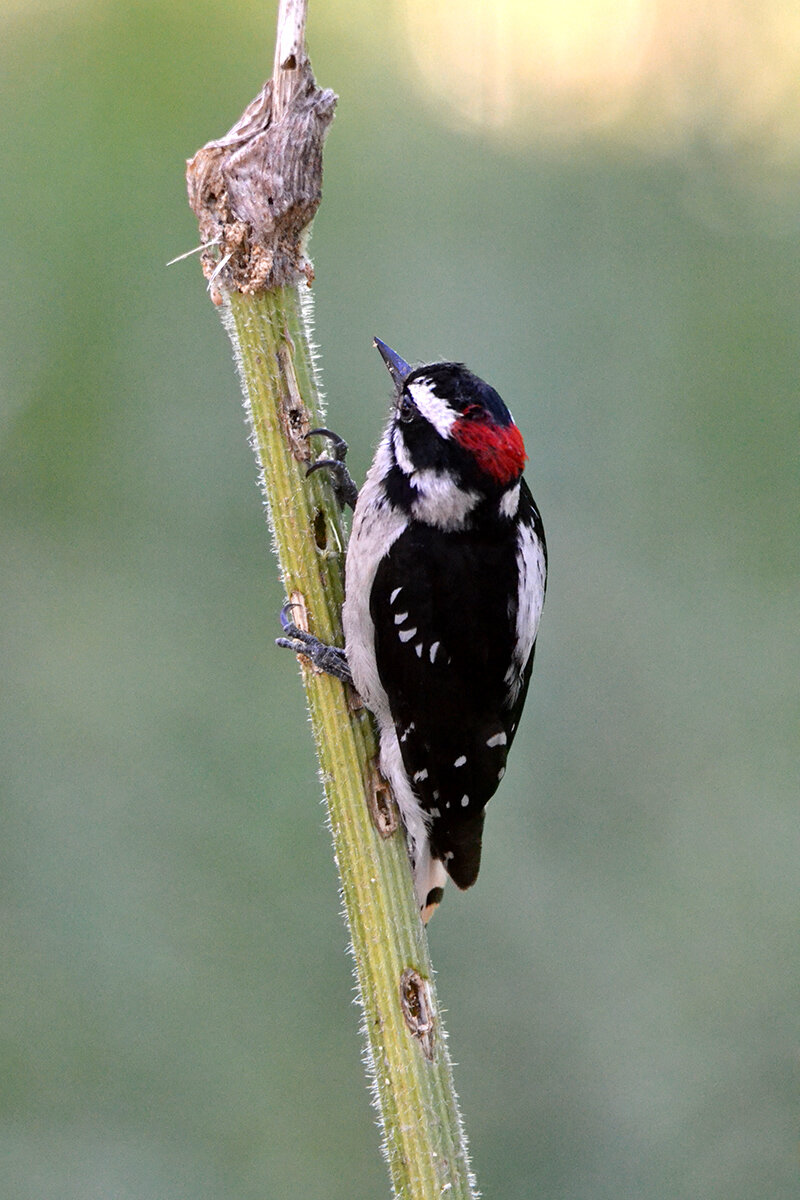The manroot vines were very prominent earlier in the summer as they wove their way up through the understory or created thick blankets on the ground. As the leaves and vines have dried up, they have visually receded. I have been poking around trying to find one of the fruits. Manroot is a native perennial in the gourd family, so I wanted to see what the fruit looked and felt like as it matured. Surprisingly, it was hard to find one, but I finally discovered one hanging in an osoberry shrub.
The small fruit pod was splitting open and the seeds were starting to spill out. The seeds have a look and feel of small, weathered river stones. The are round and flat with a slight curve. They were pleasant to handle as I rolled them around in my hand listening to them tumble against each other.
One of the interesting things I noticed was that the leaves, vines and tendrils of the plant were all crispy dry. However, the brown, fibrous gourd shown in the second photo that contained the seeds was still moist. It looks papery and dry in the photo, but it is actually still damp and spongy.
The dried leaves were captivating as they hung from the vines like wrinkled, folded capes. They were curiously covered in small dots. I feel that plants take on another fascinating life and energy as their color, shape and texture transform as they die.












































































